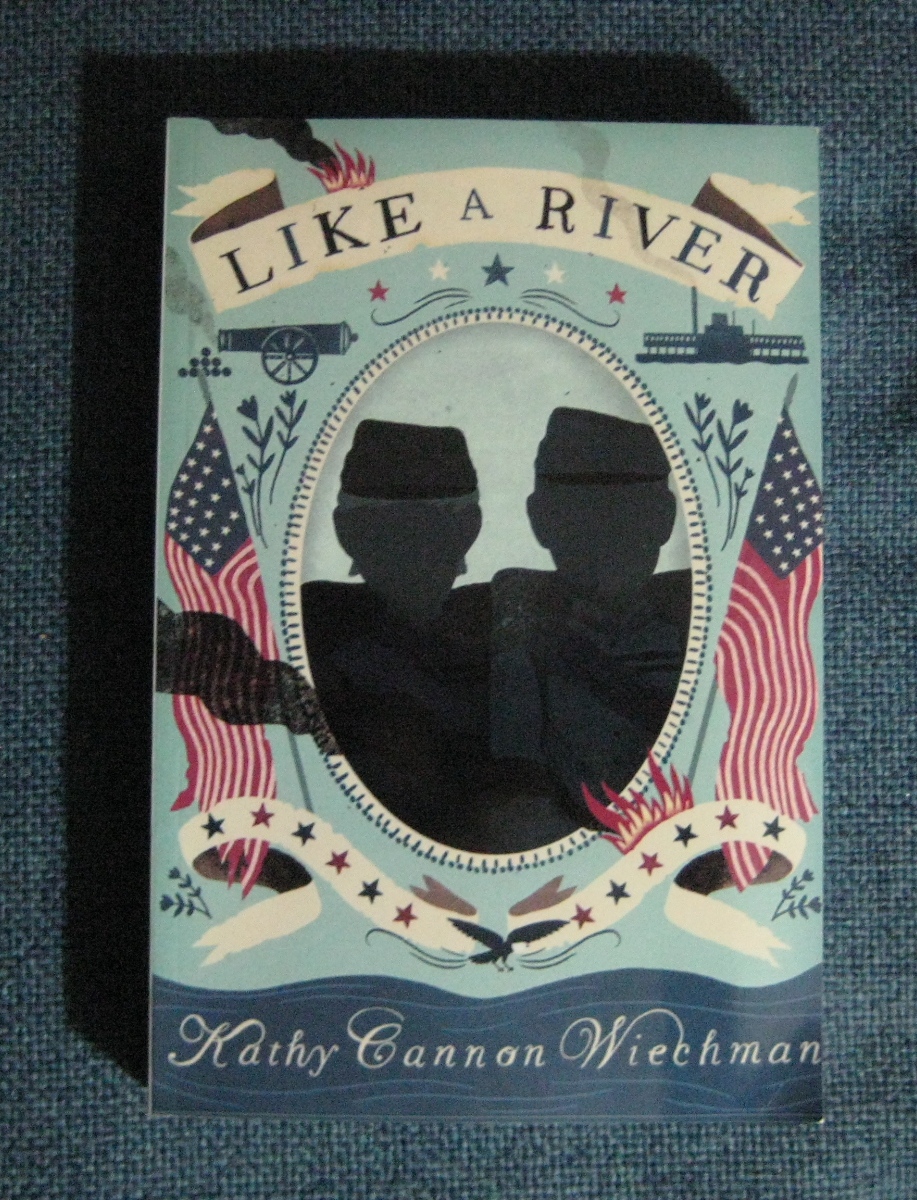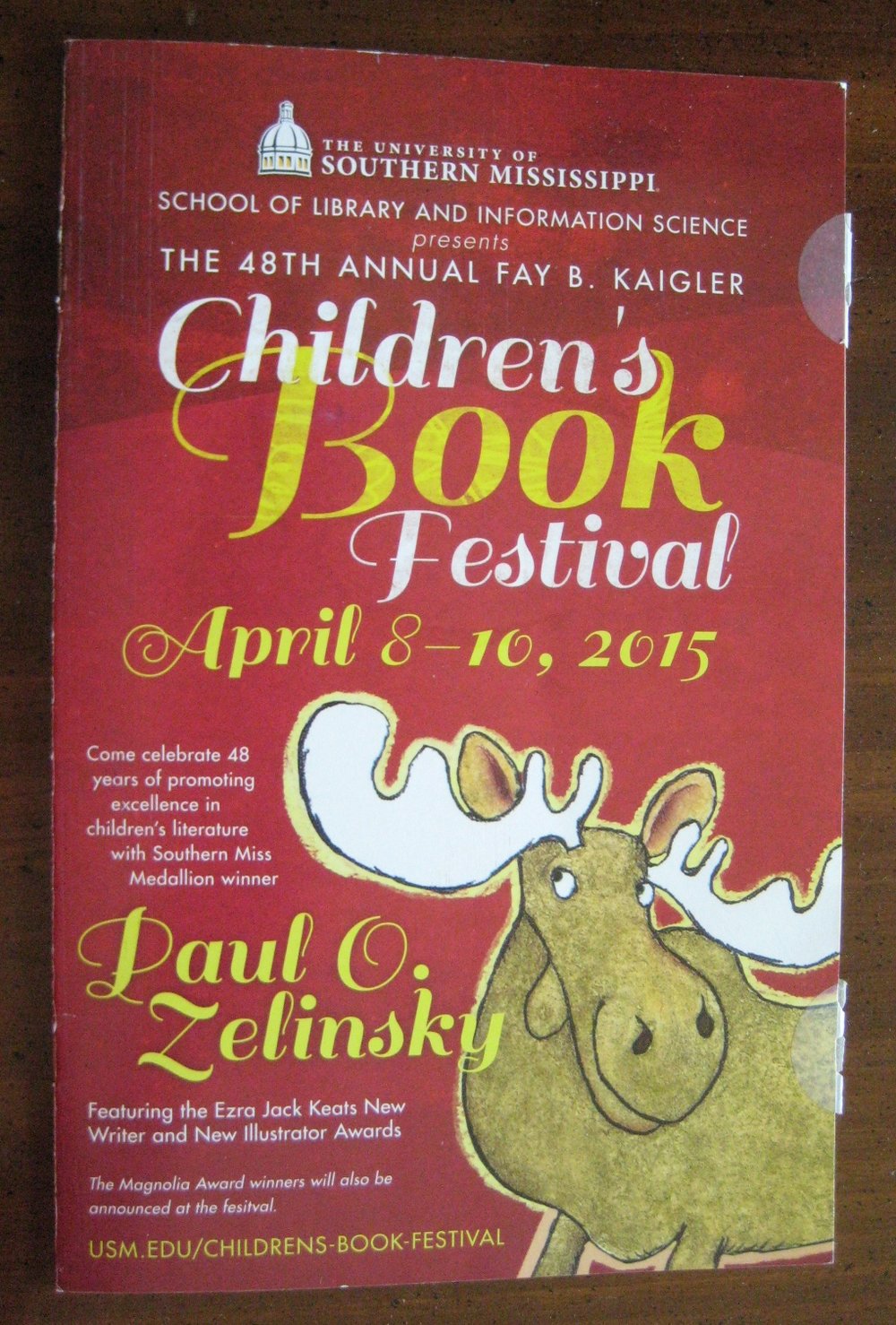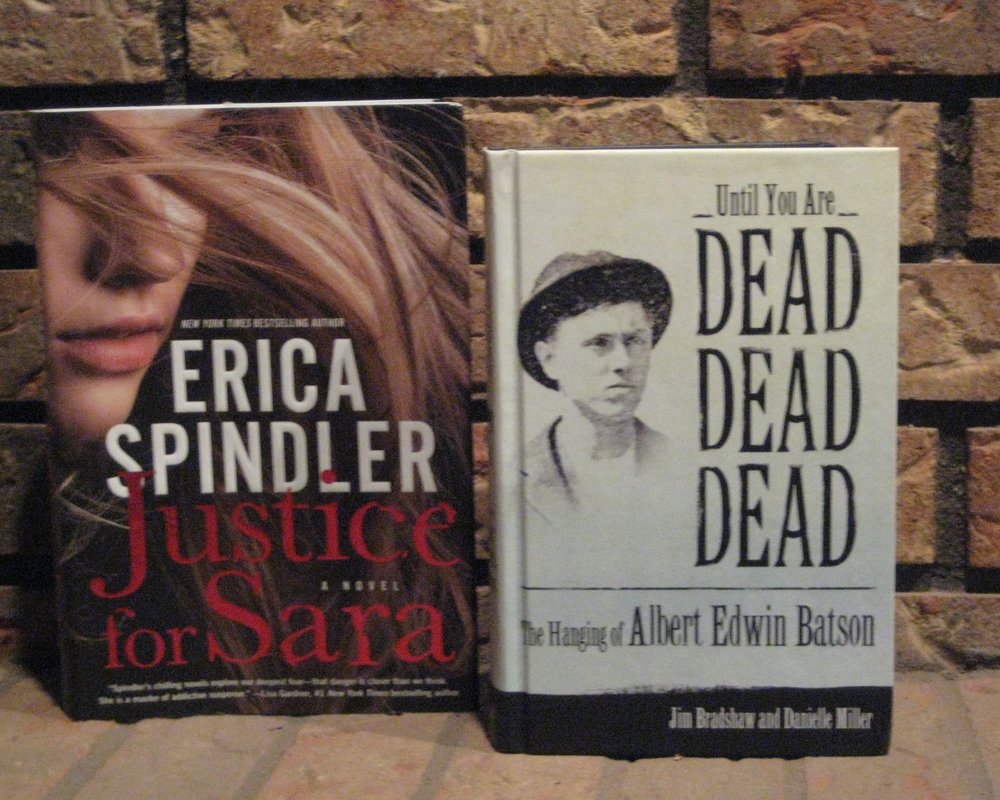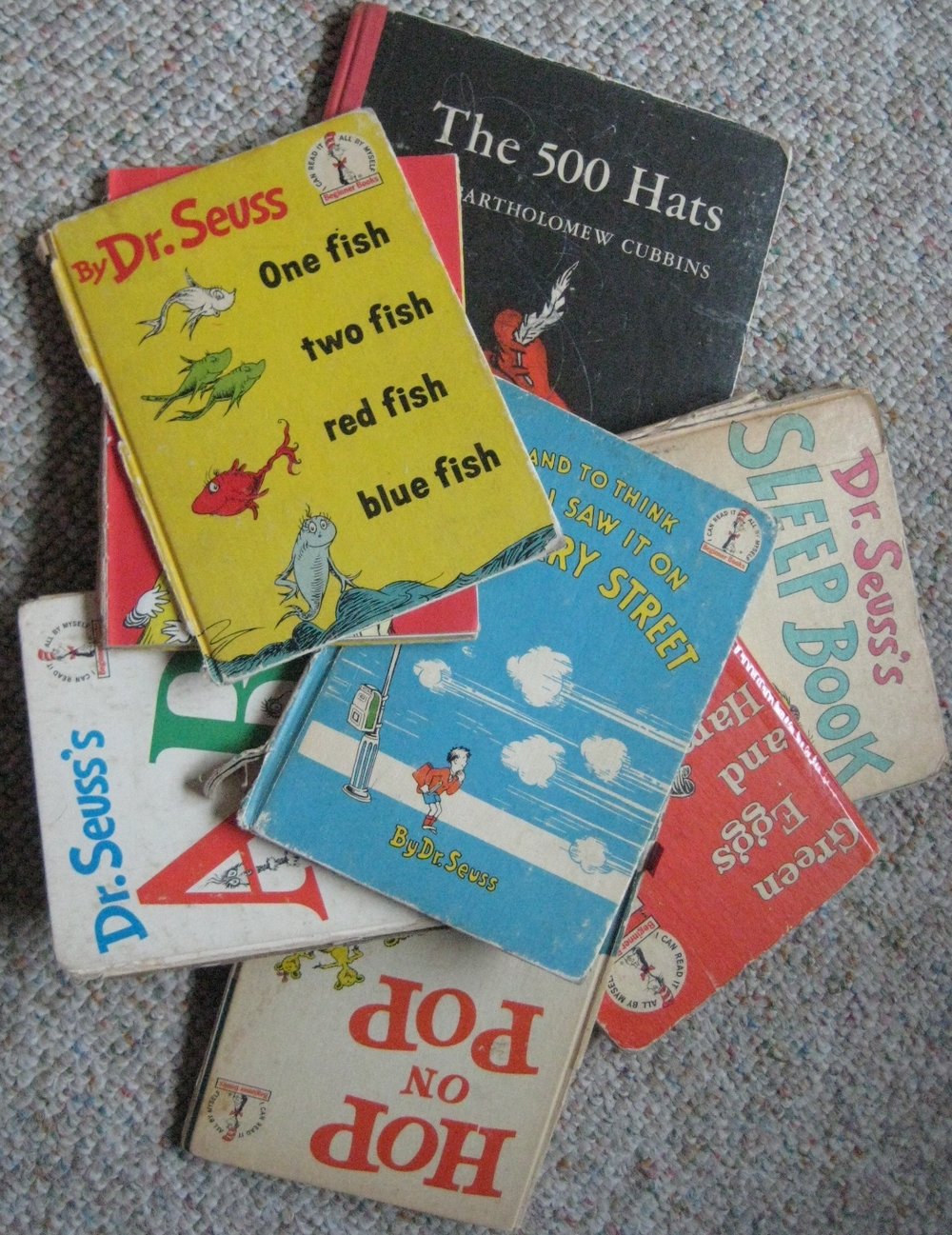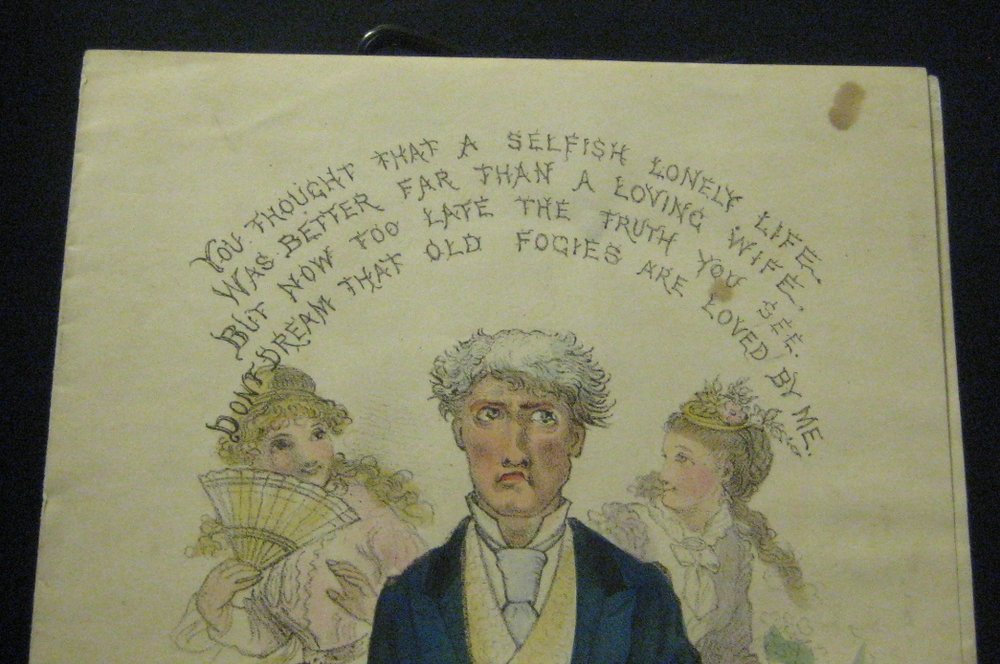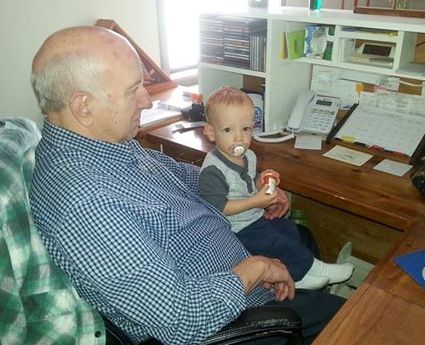 The information on the back of the bill from the lawn service tickled my funny bone.
The information on the back of the bill from the lawn service tickled my funny bone.
“WILD ONION/GARLIC WAS FOUND IN YOUR LAWN. This weed is difficult to control. . . Weeds were found. . . ”
Some statements are foregone conclusions and don’t need to be said:
• The lengthiest miles of a journey are the last fifteen.
• Santa Claus wears a beard.
• Our daughter dislikes cockroaches.
• Squirrels can outsmart any idea or contraption humans devise to keep them out of bird feeders.
• Hummingbirds will fight over the feeder even though there are plenty of drinking slots to go around.
• At any writing conference, a presenter will say, “Show, don’t tell.”
• Weeds were found.
Really, now. This is South Mississippi. It is springtime! I could have told the lawn service the wild onions were also in my flower beds where they know all kinds of tricks. After I dig up entire bulbs with my trusty spade, more appear in their place or pop up somewhere nearby.
Truthfully, these are not the only weeds in my flower beds. I’ve had a busy spring filled with book  events, and the beds have been neglected. Multiple weeds have burst into bloom. My calendar appears to finally have time to get after them this week. In the meantime, I’m hoping my neighbors across the street take them for flowers.
events, and the beds have been neglected. Multiple weeds have burst into bloom. My calendar appears to finally have time to get after them this week. In the meantime, I’m hoping my neighbors across the street take them for flowers.







